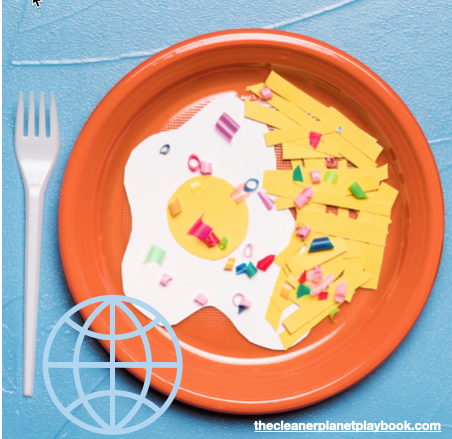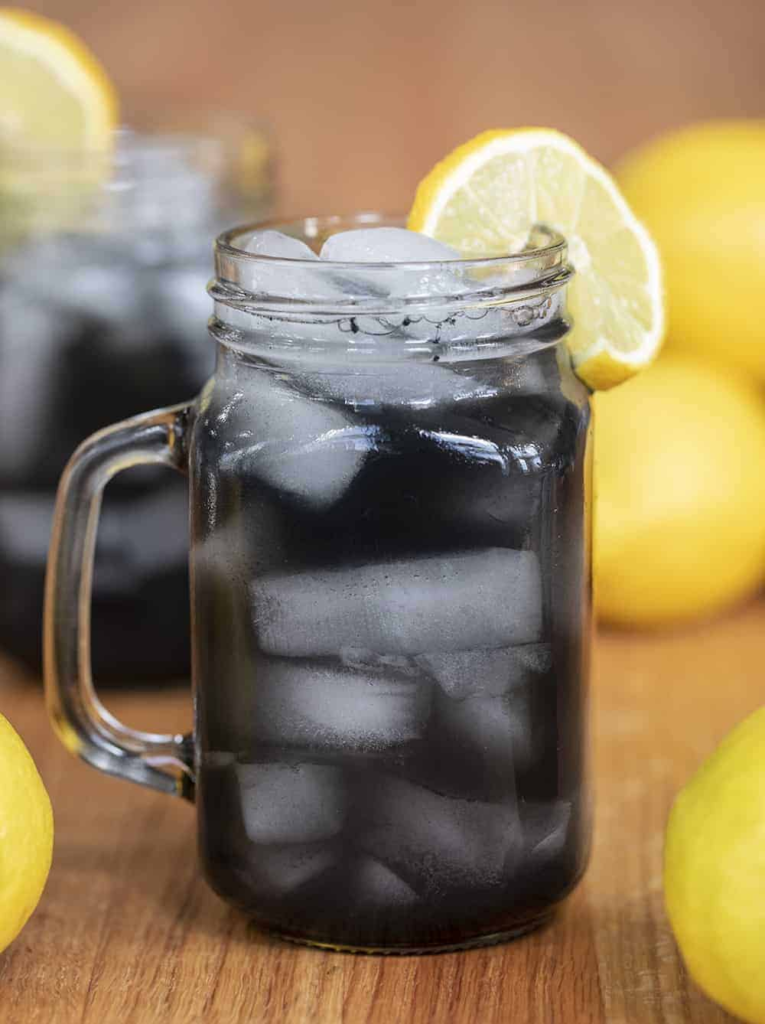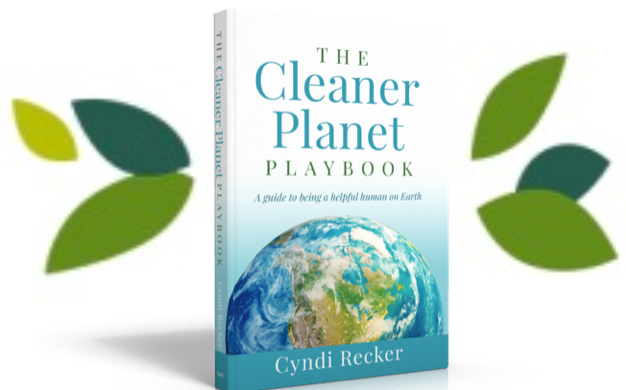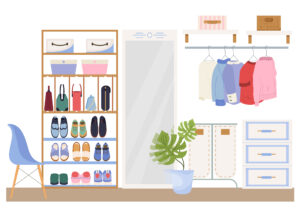Read Time = 5 minutes

Microplastics Introduction
How are microplastics harmful? Microplastics tamper with our health, and it is not only us but also every other living thing on the planet in way or another. Some say that microplastics are the greatest man-made disaster of our time. Knowing about a problem is one thing, fixing it is an entirely different thing. We need to pivot. Do you wonder how microplastics harm your health, and what you can do about it? Read on.
Five years ago I didn’t know that microplastics even existed. Now, I know more than I want to.
Cyndi Recker
Harmful Plastic and Microplastic Pollution Data
If you like seeing the data, one great place to see what is happening is to look at Our World in Data.
https://ourworldindata.org/plastic-pollution

We will start with an introduction to microplastics, their health impacts and finish with some simple mitigation steps for Microplastic Damage Control and 3 Steps to Protect Your Health
What we know about Harmful Microplastics can help us!
What are Microplastics?
Microplastics are bits and pieces of plastic that are so small they cannot be see. Others are as large as a baby’s fingernail. Science reports today show that we may have alls types and sizes circulating in our bodies. Microplascs are in a growing baby’s placenta, our blood, tissues and in the farthest points within our lungs. Like the litter outside, it is now within us.
Microplastics and the smaller version, nanoplastics, float in the air, drift in waterways, and hide in our food. From the highs of Mount Everest to the lows of the Mariana Trench. They are here, and here to stay for a long time. Plastic does not biodegrade.
Microplastics and the Science
If you are looking for the science, the research is just beginning. Looking for the science is always good with the reminder that we humans don’t have a greatest history of making sure things are safe. Whether the toxin is man-made or natural, sometimes we find out too late.
Take the Radium Girls for example, a true story made popular by the 2018 movie. The real Radium Girls were doing their job licking their paintbrushes and painting those pretty glowing watch dials. What they didn’t know while working away was that bit-by-bit they were poisoning themselves.

Another great example is Asbestos, a gift for emperors and kings. Asbestos is mined from the Earth, and has been for thousands of years . It is used in garments, building materials, medical supplies and safety equipment. Yet the safety of the material itself went overlooked. Ancient records show that asbestos-related health issues were reported as far back as the Roman Empire, back in the time of Caesar. Today, TV and social channels are bombarded with information on Asbestos danger and I am sure your have heard some type of Mesothelioma Legal advertisement. Mesothelioma is an aggressive form of cancer attributed to Asbestos exposure.

How are microplastics harmful?
Chemical Exposure
It is not just the pieces themselves that are circulating around causing physical damage but also the chemical exposure from having these substances within are bodies. Microplastic moves through our body and sheds their toxins. The research results are just emerging, but exposure is pointing to cancers, reduce fertility, hormone disruptors that our reproductive organs, inflammation and other problems depending on the exposure.
Toxic Touch
Toxic touch is another harmful health impact. Studies show that certain types of underwear, which touch some of the thinnest skin on your body, are harmful. They have a high plastic content where chemicals are absorbed through the skin. This introduces toxins like PFAS into our systems. PFAS is linked to liver damage, immune system damage, reproductive problems metabolic disorders, delayed development and newborn deaths of lab animals.

Food Packaging
A third way plastic toxins reach our system is through food. Food packaging is one of the largest contributors to plastic waste. Some chemicals in plastic can leach out through the packaging plastic right into the food and beverages we consume. Heating food in a microwave can also cause chemicals to transfer to our food even faster. If you look around, plastic is everywhere around our food from when we buy it to the moment we serve it.
Animal health problems and increased greenhouse gasses are also resulting according to research reports.
What you know about Microplastics can Help You!
There are some great patterns that you can adopt from others to manage the microplastics impact on your health. You just might find taking these steps have added side benefits too!
Eat fresh food
Fresh food including fruits and vegetables, have lots of the good, less of the bad, include many blue zone super foods and give your whole body a boost. “Less of the bad” means that science has found that these foods can still have microplastic in them often from plastic packaging contamination.
When buying any fresh food, avoid buying food in encased in plastic whenever you can.
By the way, you ever noticed how funky bagged lettuce tastes. History also shows how bagged greens can become their own science experiment growing listeria, E. coli and other bacteria all the way from the store to your plate.
If you have to buy in plastic, then repackage in glass or metal when you get home. This helps reduce chemicals in your body, from plastic food packaging. Some other foods that arrive with a dose of microplastics are: salt, water bottled in plastic, beer, seafood, canned foods, and ready-made meals.
By eating fresh and lowering your intake of processed foods you can avoid many other ingredients that can hook you and hurt you. Ingredients like sugar and designer neurotoxins in food, called Excitotoxins go straight to your brain creating a chain reaction of cravings and damage.
Ditch your Plastic
First, eliminate containers that have recycling codes 3, 6, 7 for phthalates, styrene and bisphenol. Do this if your city handles them in their waste stream. Second, don’t reheat food in any plastic. Heat speeds up the toxic release and transfer.
Watch out for Toxic Touch
Look at fabric content before you buy clothing, this is important for both you and the planet. Natural fabrics are easier on your body and the environment. After that, add a filter to your washing machine. Our washing machines release 700,000 fibers per wash which are sent on to our city water treatment plants. Not all water treatment plants can eliminate all of those plastic particles which means they come back to you in your tap water. Lastly, always wash clothing and bedding before you use to eliminate the formaldehyde.
Boost your Body’s Natural Ability
There are some things you can do to boost your body’s ability to reduce toxins in your system and prevent damage from new toxins arriving. Some solutions target heavy metals but have the side benefit of mopping up toxins, speeding the process of elimination or protect against chemicals entering your system. Some notables are:
- Cilantro – called a super herb and is good at removing aluminum mercury and lead.
- Onions & Garlic – these have sulfur to eliminate heavy metals
- Eating fresh, as mentioned above, delivers different phytochemicals that can help remove toxic metals through a process called chelation. They also aid the gut micro biome and add fiber to expel some toxins from your body through elimination.
- If you eat animal protein, items that are rich in amino acids such as eggs, fish and meat can chelate heavy metals from your system.
- Brazil Nuts provide a daily dose of selenium and zinc.
- Chlorella – not only is a chelation helper with heavy metals, it is rich in nutrients with protein, omega-3 fatty acids, zinc, vitamin C and selenium. It can boost your immune system to fight off infections and inflammation.
- Activated charcoal can also remove toxins. One of my favorite recipes is Charcoal Lemonade, check out the link below.
- New studies are beginning to reveal that you can sweat out some of these toxins with exercise. Stay tuned for more information on this!
https://iamhomesteader.com/charcoal-lemonade/

REFERENCES
- https://www.pnnl.gov/news-media/root-microplastics-plants
- https://ourworldindata.org/faq-on-plastics#are-plastic-alternatives-better-for-the-environment
- https://pubmed.ncbi.nlm.nih.gov/7854587/
- https://www.eatingforyourhealth.org/content/excitotoxins-taste-killshttp://tryforgood.com/plastic-impact-on-human-health/
- https://www.newscientist.com/article/2411329-there-can-be-240000-plastic-particles-in-a-litre-bottle-of-water/
IMAGES
- https://www.freepik.com/free-photo/top-view-plate-with-plastic_7541011.htm
- https://www.flaticon.com/free-icons/environment” title=”environment icons”
- https://andkeep.com/blogs/journal/why-is-plastic-such-a-problem

About the Author
Cyndi Recker advocates for wellness through a healthy diet, physical fitness and a natural lifestyle. As a System Engineer, Cyndi loves the challenge of a good problem and innovates through different techniques to find a problem solution. For her systems engineering work, she has been awarded two US patents, recognized for multiple company trade secret innovations and authored several technical papers. On the side, she is an ACE certified group fitness instructor and health coach.
In this book she shows how to use patterns to break down complex topics and find simple steps that build together towards a healthier diet, body, home and lifestyle.
Her intention is to live the best life she can and hopefully inspire others to live theirs while treading lightly on the planet.
Copyright © 2024https://thecleanerplanetplaybook.com




